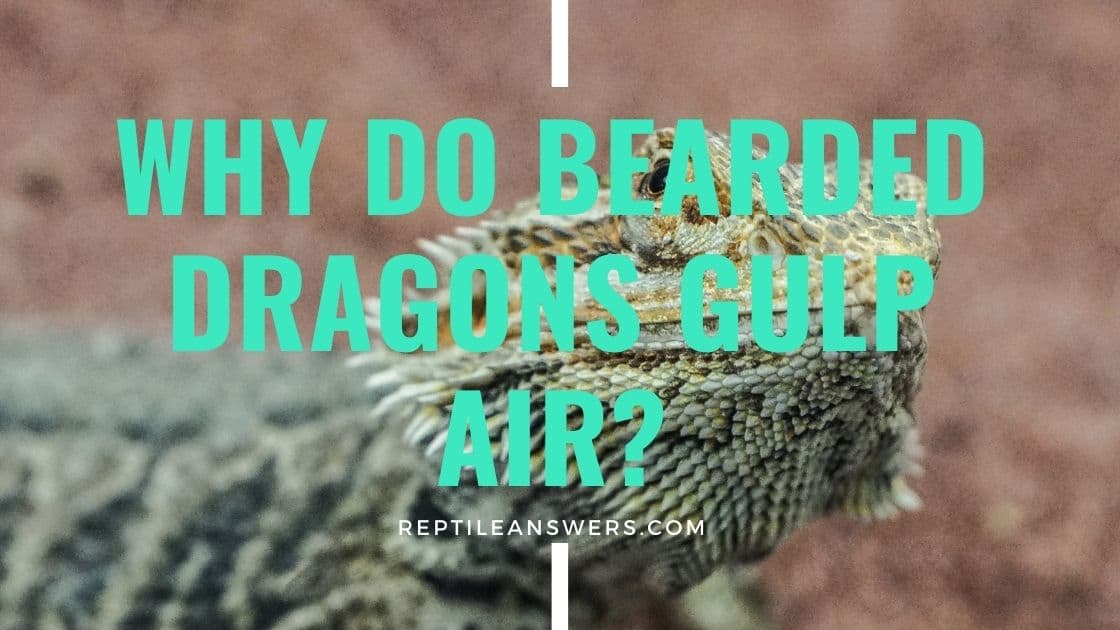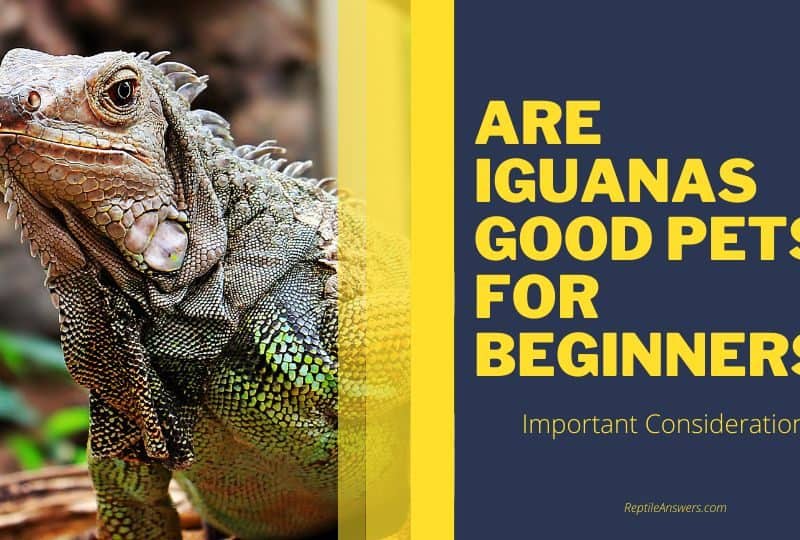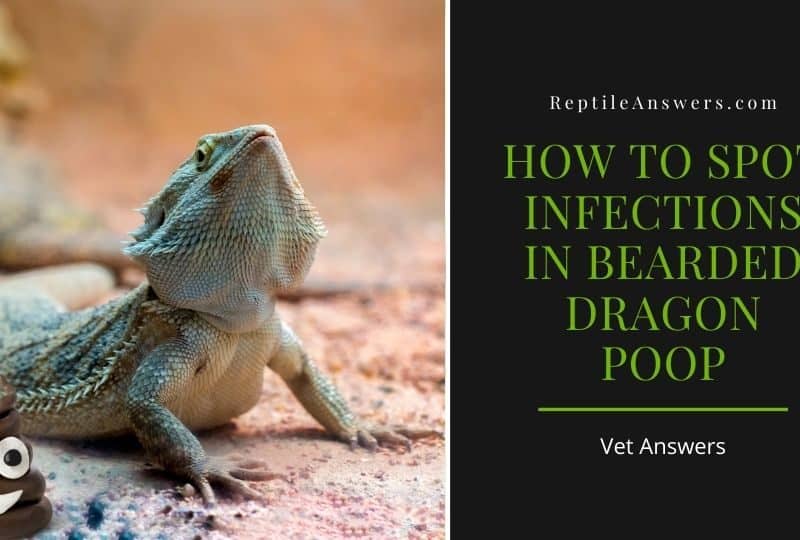Have you ever seen your bearded dragon gulp air? If so, you may have wondered why they do it. Believe it or not, there is a reason why they do this! In this post, we will discuss the reasons behind why bearded dragons gulp air and what it means for their health. Keep reading to find out more!

What Bearded Dragons do when they gulp air?
When a bearded dragon gulps air, it is not actually swallowing the air. Instead, this behavior is part of a process called gaping. Bearded dragons gape for two main reasons: to thermoregulate and to intimidate. By gulping air and puffing out their beards, bearded dragons can quickly cool down their body temperature. In the wild, gaping is also used as a form of communication. When two males are vying for dominance, they will often gape at each other in an attempt to intimidate the other into submission. While it may look like they are about to swallow the air, in reality, bearded dragons are just trying to stay cool and communicate with their fellow lizards.
What you can do to help your Bearded Dragon if it’s gasping for air?
If your Bearded Dragon is gasping for air, there are a few things you can do to help. First, check the temperature of their habitat. Bearded Dragons come from warm, arid environments and need a temperature between 75 and 85 degrees Fahrenheit to be comfortable. If the temperature is too low, they will become sluggish and have difficulty breathing. You can raise the temperature by using a basking lamp or heat mat. Second, make sure that their enclosure has proper ventilation. Bearded Dragons need a good air flow to avoid respiratory infections. Third, check their diet. Bearded Dragons are omnivores and need a balance of vegetables and insects in their diet. If they are not getting enough nutrients, they may become malnourished and have difficulty breathing.
The most common cause of this problem is respiratory infection, which can be caused by a number of different factors, including exposure to cold temperatures, dusty environments, or unclean water. If your bearded dragon is suffering from a respiratory infection, the first thing you should do is increase the temperature in its enclosure. Next, make sure that the enclosure is clean and free of any debris that could worsen the infection. Finally, give your bearded dragon plenty of fresh water to drink and see a veterinarian as soon as possible. With prompt treatment, most respiratory infections can be successfully resolved.
What to do if you think your bearded dragon is having respiratory problems
If you think your bearded dragon is having respiratory problems, the first thing you should do is take it to the vet. Respiratory issues are one of the most common health problems in bearded dragons, and they can often be caused by a number of different things, from bacteria to viruses. Once at the vet’s office, they will likely want to do a physical exam and take some x-rays. They may also want to collect a sample of mucus from your dragon’s nose or mouth. From there, they will be able to determine what is causing the problem and prescribe the appropriate treatment. In some cases, respiratory problems can be resolved with antibiotics or other medications. However, in more severe cases, it may be necessary to hospitalize your dragon and provide it with oxygen therapy. So if you think your bearded dragon is having trouble breathing, don’t hesitate to head to the vet for a check-up.
Final Thoughts
If your bearded dragon is gulping air, it is likely trying to thermoregulate or communicate with its fellow lizards. However, if you think your beardie is having difficulty breathing, it is important to take them to the vet for a check-up. Respiratory problems are one of the most common health problems in bearded dragons, and they can often be resolved with prompt treatment.



